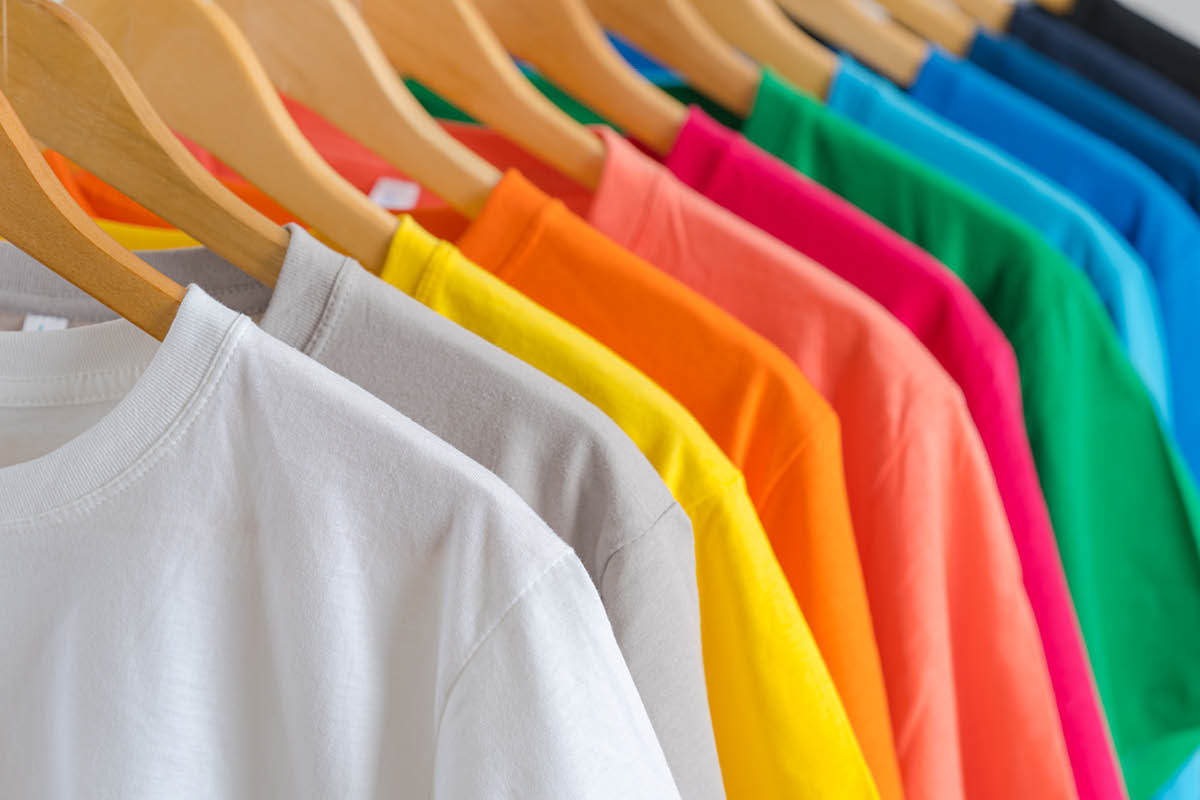Design Your Own Design: The Rise of Custom Clothing Software
In an age where uniqueness is celebrated, the fashion industry is experiencing a significant shift with the rise of custom apparel software. This cutting-edge technology empowers designers and consumers together to create distinctive clothing that reflects individual style. Gone are the days of settling for mass-produced garments that do not capture an individual's essence. With the advent of tools like the apparel 3D configurator, the possibilities for customization are virtually limitless.
Imagine being able to view your design in real-time, playing around with colors, patterns, and styles, all from the comfort of your home. This recent progression of technology not only boosts creativity but also encourages a stronger connection between users and their wardrobe. As more people seek to express their individuality through fashion, custom apparel software is driving the charge, making personalized clothing available to all.
Comprehending Three-Dimensional Clothing Design Tools

Three-Dimensional garment customization tools are cutting-edge resources that enable customers to customize apparel products in a online space. By delivering a true-to-life representation of apparel, these configurators permit users to see how their modifications will look in the moment. Clients can adjust various design elements such as shades, prints, and fashions, offering them the opportunity to express their personal taste sense. This engagement enhances the shopping experience, making it more engaging and fun.
The technology behind 3D design tools has developed significantly, utilizing sophisticated computer graphics to create lifelike visualizations. Users can spin, magnify, and examine designs from multiple perspectives, which gives a degree of clarity that standard flat images cannot equal. This interactive journey not only supports in making educated purchasing choices but also sparks creativity, encouraging customers to examine variations they might not have considered otherwise.
As the desire for custom apparel increases, Three-Dimensional configurators are growing to be essential in the fashion sector. They connect the gap between online shopping and the tactile experience of in-store fittings. Brands are more and more utilizing these tools to attract clients and streamline the creation process. With the ability to visualize custom apparel in a Three-Dimensional format, the sector is progressing to a goal where uniqueness and style customization are at the leading edge of style.
Perks of Tailored Apparel Software
Custom apparel software offers a distinct prospect for companies and designers to interact with their audience in a much impactful way. One of the key advantages is the ability to allow customers to create personalized designs that showcase their individual style. This customization fosters a feeling belonging and connection to the item, making customers increasingly likely to get and share their personalized apparel. With an apparel 3D configurator, users can visualize their designs in instantaneously, ensuring a enjoyable and hands-on creative process.
A further perk of custom apparel software is the streamlining of the design-to-production workflow. By embedding software that supports custom design, manufacturers can effectively manage and process orders with simplicity. This leads to shortened lead times and boosted productivity as designers can promptly see how their concepts will translate into finished products. In addition, it minimizes the chances of mistakes, as customers can make particular decisions about fabrics, colors, and additional design components before locking in their orders.
Furthermore, personalized apparel software can considerably boost market advantage. As the desire for personalized products expands, businesses that utilize such tools are more capable to capture and keep customers. By presenting an interactive platform that features an apparel 3D configurator, businesses can differentiate from rivals who provide only conventional inventory. This functionality not only enhances customer satisfaction but also fortifies brand loyalty, as customers value the opportunity to wear something truly unique.
Future Trends in Apparel Customization
With the advancement of technology, this clothing sector is experiencing a significant change in advancements in tailored clothing technology. One of the most exciting development is the inclusion of AI and ML into 3D design tools. These sophisticated applications allow users to view their designs in real time, allowing for more personalized designs. As AI refines the customization process, customers will benefit from an even more effortless experience, from choosing fabrics to adjusting fit and style. This improved capability not just caters to individual preferences but also encourages creativity and introduces unique fashion possibilities.
Green practices is an integral consideration in apparel customization. As there is a growing awareness of environmental impact, consumers are looking for ways to personalize their fashion choices while minimizing waste. Tailored clothing technologies is improving by offering eco-friendly options, such as environmentally friendly materials and responsible production practices. Brands that leverage these features will likely appeal to conscious consumers, creating a strong competitive edge in the market. Consequently, apparel 3d configurator of apparel customization will not only focus on style but also on responsible design and conscientious choices.
A further crucial trend is the growth of collaborative design in custom apparel. Platforms are being created that allow users to join forces and share their designs, fostering a sense of collective creativity. This approach gives rise to new styles and trends, driven by user input rather than traditional top-down fashion control. As social media and digital communities keep shape consumer behavior, custom apparel software will transform to accommodate this communal aspect. By connecting technology and collaboration, the future of custom apparel will empower individuals to express their identity as a group while pushing the boundaries of fashion.